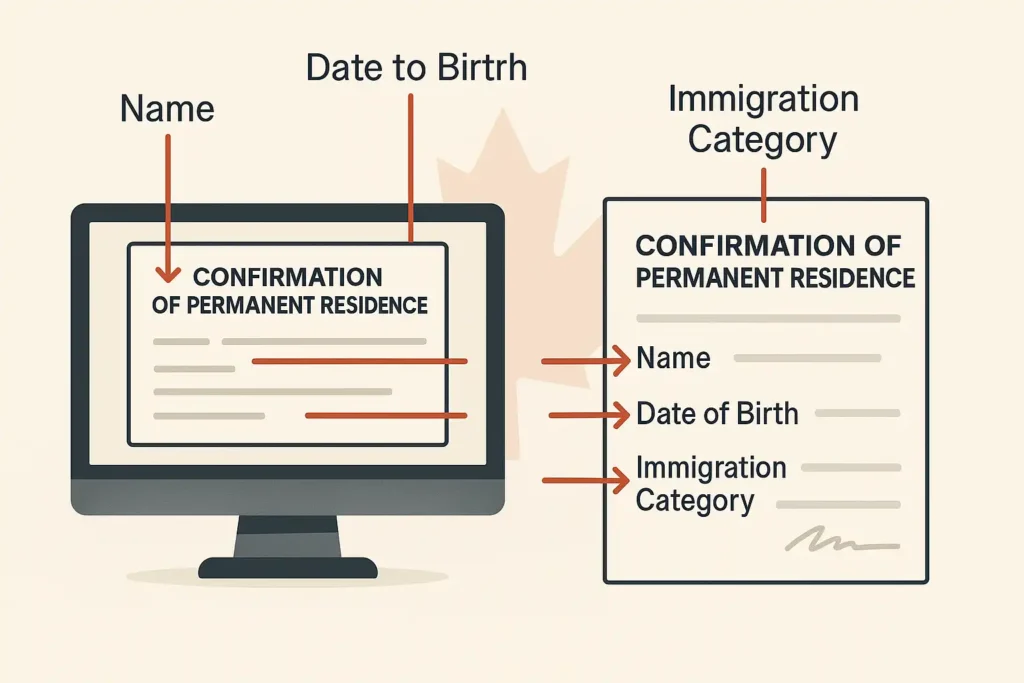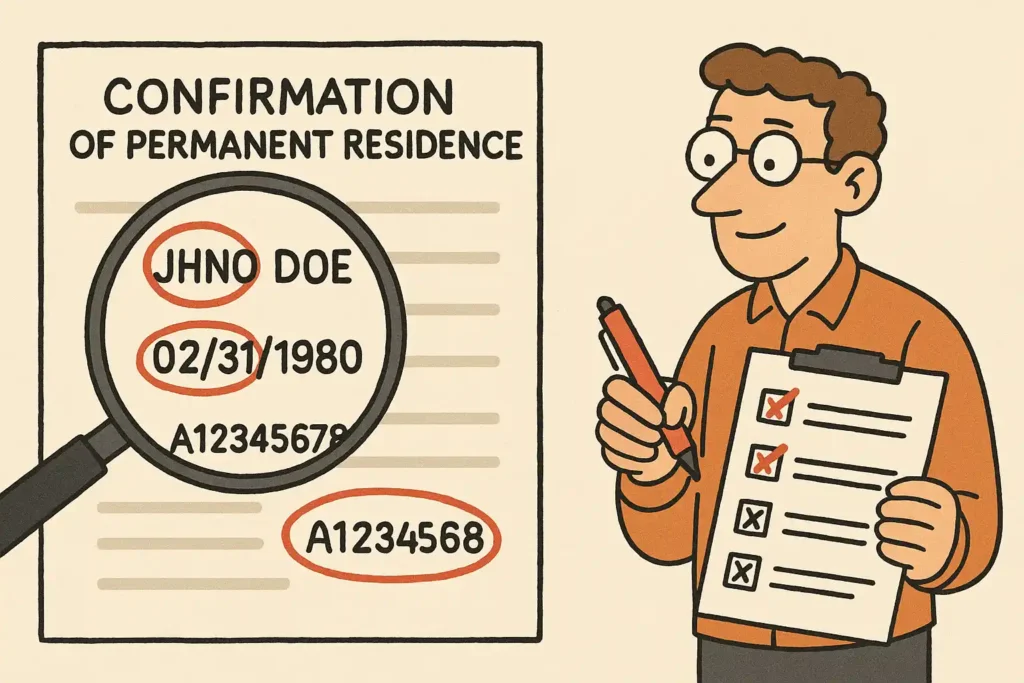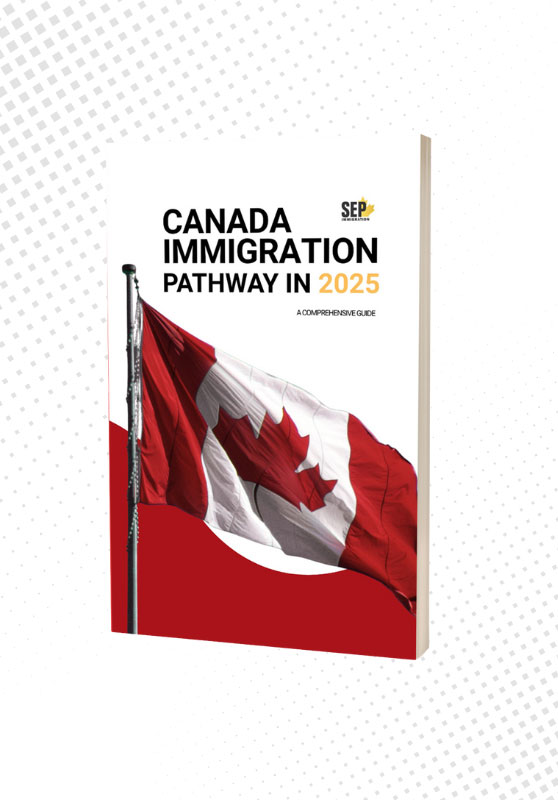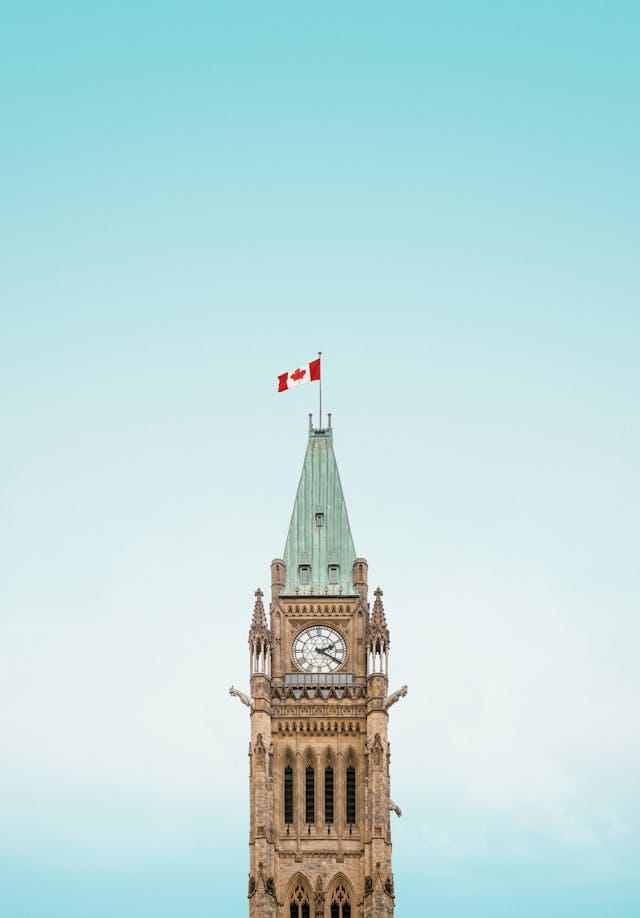The Confirmation of Permanent Residence, or COPR, is one of the most important documents in the Canadian immigration process. It’s the paper or electronic proof that your application for permanent residence has been approved. For many newcomers, this moment represents the official start of their new life in Canada.
Understanding how the COPR works, when you’ll receive it, and the common mistakes that sometimes appear can help you avoid stress and move forward with confidence.
Table of Contents
ToggleWhat the Confirmation of Permanent Residence Is
The Confirmation of Permanent Residence (COPR) is the document that marks the finish line of the immigration process. Issued by Immigration, Refugees and Citizenship Canada (IRCC), it states that your permanent residence has been approved.
If you’re outside Canada, it usually arrives in paper form and is presented when you enter the country. If you’re already inside, the COPR comes electronically through the Permanent Residence Portal. This electronic version is called eCOPR.
COPR itself is not a travel document. You may still need a visa or an electronic travel authorization (eTA) to board a plane, but the COPR is what finalizes your permanent resident status.
When and How You Receive COPR
Getting your Confirmation of Permanent Residence depends on where you are when IRCC approves your application. The steps are not complicated, but timing and details matter.
- After approval: Once IRCC accepts your application under Express Entry, the Provincial Nominee Program, or another stream, they’ll send a message with instructions. If you’re abroad, you’ll receive a paper COPR (sometimes called a landing paper). If you’re already in Canada, it arrives as an electronic version through the Permanent Residence Portal.
- Passport, photo, and address checks: For individuals outside Canada, IRCC may request that you mail your passport for visa stamping. They double-check your passport information, photo, and personal details before releasing your COPR. If something doesn’t line up — say, a typo in your name — errors can creep in.
- Expiry dates: Every COPR has an expiry date. You must land in Canada or complete your virtual landing before that date. IRCC won’t extend it, so watching that date is critical.
- Virtual vs. physical landing: Applicants already in Canada confirm their details in the PR Portal: they declare they’re physically here, add a Canadian address, and upload a photo. That confirmation leads to the eCOPR being issued. Applicants abroad must present their paper COPR at the border, along with their passport and, if needed, a visa.
- Timelines: For many, COPR or eCOPR arrives within a few weeks. Some see it faster, while others wait longer — especially if a passport is required for submission.
- Double-check everything: As soon as your COPR arrives, review your personal details carefully. Names, dates of birth, and passport numbers — all must match your documents. Errors caught early are easier to correct.

Common Errors on COPR & How to Fix Them
Even official documents can have mistakes. Here are seven problems that appear on COPRs and what you can do if they show up on yours:
Name misspelled
A missing letter or names flipped in the wrong order can cause major issues later. This usually happens when information was copied incorrectly from your passport.
Fix: Use IRCC’s amendment form, attaching a copy of your passport. Expect to wait a few weeks for the correction.
Wrong date or place of birth
A single wrong digit in your birth date or an incorrect city of birth can show up. These errors may cause confusion with visas or future renewals.
Fix: Submit proof such as a birth certificate. Corrections must show the error came from IRCC’s side, not from your own application.
Incorrect citizenship or passport number
If the citizenship listed doesn’t match your passport, or the passport number is wrong, border officers may question your documents.
Fix: Provide a clear copy of your passport and citizenship papers. Ask IRCC for an amendment before you travel.
Marital status or gender mistake
Being listed as single when you are married, or errors in gender information, can create problems with family sponsorships or official records.
Fix: Send supporting documents — marriage certificate, divorce order, or government ID — through the amendment process.
Wrong immigration category
Sometimes the COPR shows the wrong stream, such as Provincial Nominee, when you were approved through Express Entry. This mistake can affect how your file is recorded.
Fix: Submit a request to IRCC to amend. This may take longer, as it involves internal checks.
Passport expiry or photo mismatch
If the COPR shows the wrong passport expiry date, or the photo linked to your file doesn’t meet requirements, problems can arise when travelling.
Fix: Send the correct passport information or a new photo that meets IRCC’s standards. Carry backup documents with you when you land.
Incorrect landing date
The landing date is key — it marks the start of your permanent resident status. If it’s wrong, it may complicate future renewals or citizenship applications.
Fix: Request an amendment and provide evidence, such as entry stamps or the official portal record for your virtual landing.
Understanding the COPR Document
Every COPR document, paper or electronic, contains key details. Among them are:
- Your full legal name, along with any aliases;
- Date and place of birth, and your citizenship at the time of landing;
- Gender and marital status when permanent residence was granted;
- Passport information, including number, country of issue, and validity dates;
- Immigration category (for example, Express Entry, Provincial Nominee Program);
- The date and place of landing, or the date of your virtual landing;
- Conditions tied to your permanent residence, if any, apply.
The document also shows an expiry date. If you’re outside Canada, this is the last date you can use it to enter and become a permanent resident. Once you land, that expiry date no longer matters for your status. The COPR may also have signatures or stamps from officers confirming your landing.
Differences between COPR and PR Card
People often confuse the two, but they serve very different purposes:
| Feature | COPR / eCOPR | PR Card |
| Main role | Confirms approval of permanent residence and the date of landing. | Acts as an identification card for permanent residents and is used for travel back to Canada. |
| Issued | Immediately after IRCC approves your PR application. | A few weeks later, once your details and photo are processed. |
| Travel use | Not valid for re-entry to Canada on its own. | Required for re-entry to Canada by air, train, bus, or boat. |
| Proof of PR status | Yes, especially at the time of landing. | Yes, more convenient for everyday proof after landing. |
FAQ
What is a Confirmation of Permanent Residence?
It’s the document issued by IRCC confirming that your permanent residence has been approved.
What is the difference between COPR and eCOPR?
The main difference is format. Paper COPR is given when you’re outside Canada, while eCOPR is issued through the portal if you’re already inside.
How long after COPR to get a PR card?
On average, it takes a few weeks once you’ve uploaded your photo and address. Timelines depend on IRCC’s processing.
Is COPR the same as landing paper?
Yes. “Landing paper” is just another name for the COPR.
What is the next step after COPR?
If outside Canada, you travel and present it at the border. If inside, you use the portal to confirm your details and wait for the PR card.
What is the meaning of confirmation of residence?
It simply means proof that you have been granted permanent resident status.
How long is the wait for eCOPR?
Processing times vary, but many applicants receive it within a few weeks after portal details are submitted.
How to get proof of permanent residence?
Your COPR serves as proof when you first land. Later, your PR card is used as ongoing proof.
How long is eCOPR valid?
It has an expiry date for landing if you are outside Canada. Once you land, the document itself does not expire, but your PR card will eventually need renewal.
How many times can you take COPR?
Only once per approved application. If it expires before you land, you may need a new document through IRCC, but you don’t get unlimited tries.
Can you buy a house with eCOPR?
Yes. With permanent residence confirmed, you can purchase property, though banks may ask for your PR card as extra proof.
Can you travel with your eCOPR?
Not on its own. You’ll need your PR card, or if it hasn’t arrived yet, a permanent resident travel document.
How many days from Portal 2 to eCOPR?
There isn’t a fixed rule. Some receive it in days, others in weeks.
Can eCOPR be cancelled?
It can be revoked if the information was false or if conditions are violated.
How will I get my eCOPR?
Through IRCC’s Permanent Residence Portal. You’ll get email instructions, confirm your information, then download the eCOPR once issued.







